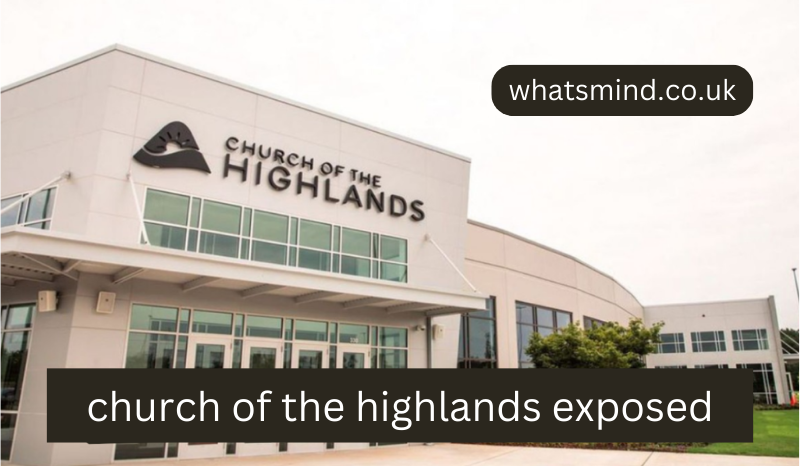Introduction: Celsius and Fahrenheit Scales
The world uses different temperature scales to measure how hot or cold something is. The two most common scales are Celsius (°C) and Fahrenheit (°F). Understanding how to convert between these scales is a valuable skill. This is especially true when traveling or encountering information presented in a different unit.
What is Celsius?
Celsius, also known as centigrade, is a temperature scale based on 0°C for the freezing point of water. The boiling point of water is defined as 100°C under standard atmospheric pressure. It is a metric scale, widely used in most countries around the world for everyday temperature measurements. The Celsius scale provides a convenient and easily relatable system for understanding temperature.
What is Fahrenheit?
Fahrenheit is a temperature scale where the freezing point of water is 32°F. The boiling point of water is 212°F. This scale is primarily used in the United States and a few other territories. Fahrenheit is a non-metric scale. It is based on a different reference point compared to Celsius.
The Importance of Temperature Conversion
Converting between Celsius and Fahrenheit is important for several reasons. When you travel to a country that uses a different scale. Being able to understand weather reports, cooking instructions, and other temperature-sensitive information becomes essential. Also, in scientific and technical fields, accuracy is paramount. Converting ensures data compatibility across different systems.
Understanding the Formula: 30 C to F
The formula to convert Celsius to Fahrenheit is: °F = (°C × 9/5) + 32. This equation is fundamental for accurate temperature translation. To convert 30°C to Fahrenheit, we will substitute 30 into the formula. It’s essential to follow the order of operations to achieve the correct result.
Step-by-Step Conversion of 30 C to F
Let’s break down the conversion process. First, multiply 30°C by 9/5 (which equals 1.8). This gives us 54. Next, add 32 to 54. The final result is 86°F. Therefore, 30°C is equal to 86°F.
Practical Examples and Everyday Applications
Knowing that 30°C equals 86°F can be useful in various scenarios. For instance, if a weather forecast in Europe reports a temperature of 30°C. You can immediately understand that it’s a warm day, equivalent to 86°F. This conversion is also helpful in cooking. Recipes might list oven temperatures in either Celsius or Fahrenheit.
Common Celsius to Fahrenheit Conversions
Here are some common Celsius to Fahrenheit conversions for quick reference:
- 0°C = 32°F (Freezing point of water)
- 10°C = 50°F
- 20°C = 68°F
- 30°C = 86°F
- 40°C = 104°F
- 100°C = 212°F (Boiling point of water)
Tips for Accurate Conversions
To ensure accuracy in your conversions, double-check your calculations. Use a reliable calculator or online converter. When performing manual conversions, pay close attention to the order of operations. Understanding the formula and practicing regularly will improve your accuracy. This knowledge prevents errors in critical applications.
Online Conversion Tools and Resources
Numerous online tools and resources are available for quick and accurate temperature conversions. Websites like Google provide built-in converters. Also, dedicated temperature conversion websites and apps offer additional features. These tools are particularly useful when dealing with complex conversions.
Why 30 C to F Matters in Daily Life
Understanding the conversion of 30°C to Fahrenheit. And other temperature conversions, enhances our ability to interpret and react to our environment. From setting the right temperature for your home to understanding weather patterns. These conversions play a crucial role. This knowledge enhances safety and efficiency across daily activities.
Conclusion: Mastering Temperature Scales
Converting between Celsius and Fahrenheit is a fundamental skill in a globalized world. By understanding the formula and practicing conversions, you can easily translate temperatures. This enables informed decisions in various aspects of life. Whether it’s understanding weather forecasts or following cooking instructions. Mastering temperature scales empowers you with practical knowledge. The conversion from 30 C to F is a particularly useful one.


